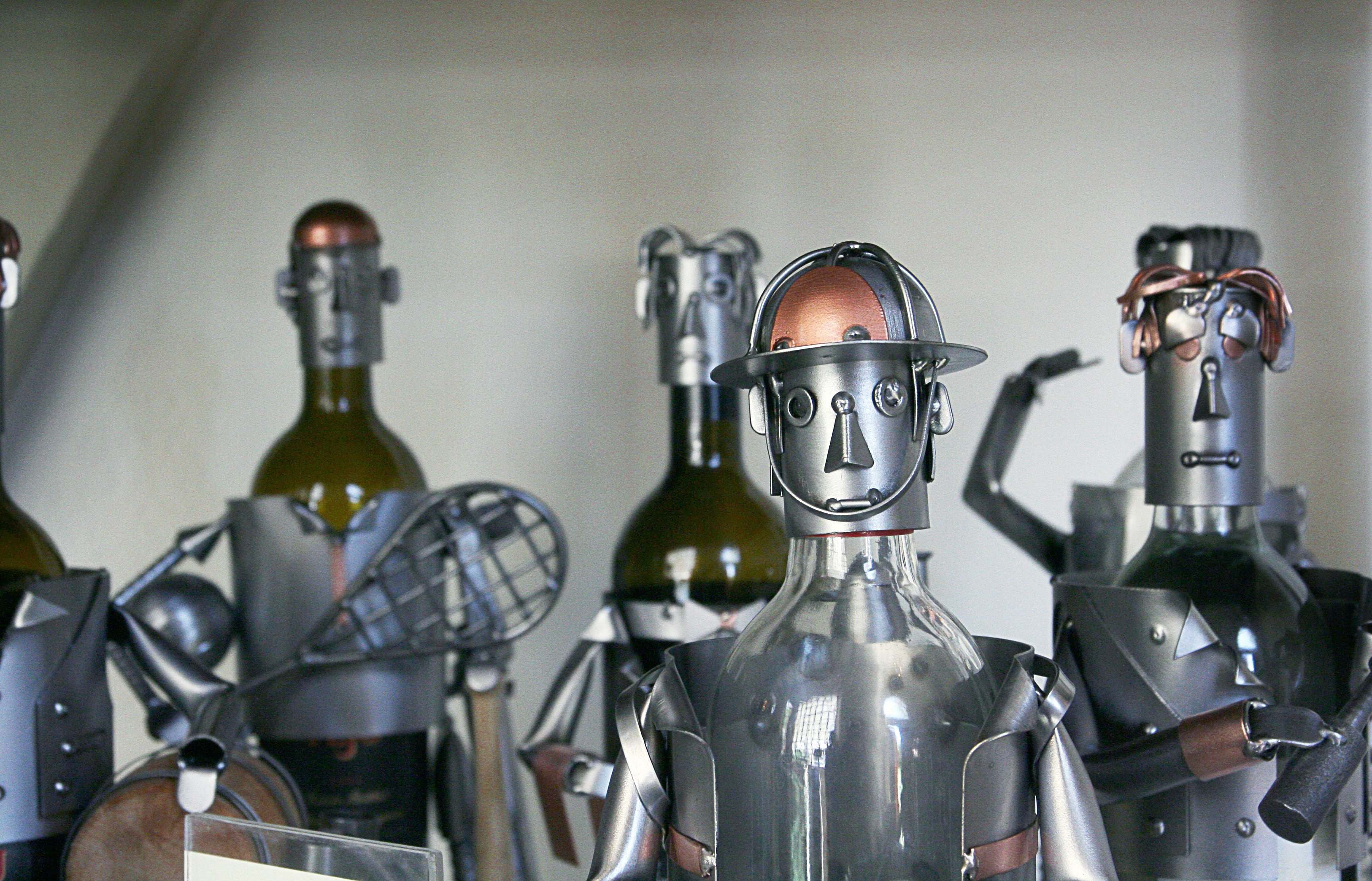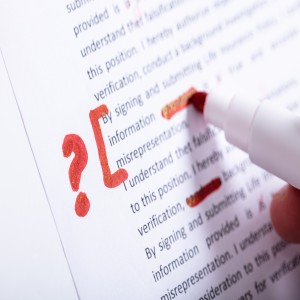Though humans have sought ways to automate common tasks for thousands of years, the science of robotics is still a fairly new field. The term “robot” was coined in 1920 by playwright Karel Capek and the first industrial robots began to make their appearance in the 1950s.
However, despite its young age, robotics has become one of the most important fields of research. When combined with artificial intelligence, it has the potential to revolutionize nearly every aspect of our lives.
But, for all of the importance of robotics, there has been, surprisingly, very little conversation about plagiarism and copying in the field. Conversations about plagiarism and citation in robotics are complicated not just by the relative newness of the field, but by the nature of robotics itself.
On the research side of things, robotics operates much like any other field. Researchers, when publishing papers, are held accountable to plagiarism policies of the publications to which they are submitting.
To that end, the Institute of Electrical and Electronics Engineers (IEEE) Robotics and Automation Society has a set of guidelines that has become a widely-used standard for dealing with plagiarism in robotics research.
These guidelines include a working definition of plagiarism, suggestions for how to spot it, a tier system for determining the severity of the plagiarism and even guidelines for handling self-plagiarism and other related issues.
But, as great and as valuable as these guidelines are, they don’ t do much to address the issue of plagiarism in robotics itself.
The issue of plagiarism in robotics, as with many technological fields, is deeply complicated. This is because, in robotics, there is often only one correct way to do things. As such, people creating components that look or behave similarly often isn’t an issue of plagiarism, but of simply solving a problem the only way it can be solved.
Citation is also a tricky issue. While it’s easy to cite preceding work in a research paper, it’s much more difficult to cite within a robot itself. Though you can add comments to code or footnotes to a paper, citing in a physical object is far from straightforward.
Indicative of this challenge is the intellectual property issues raised. Where programming, for example, is primarily protected by copyright, robots and their designs are protected by patents.
Though intellectual property laws do not govern what is and is not plagiarism, the overlap is clear and given how much more difficult it is to prove patent infringement versus copyright infringement, it’s also going to be more difficult to show plagiarism in a patent-oriented field.
But robotics is like any other field of scientific research in that it is all about building upon the work of others. While we can enforce citation standards in research and in code, it’s important to remember that a lot of the work in robotics is being done by private companies that may or may not be publishing their findings.
Tackling plagiarism in robotics is going to be a unique challenge and one that will likely involve both enforcement of the existing research standards and involvement from the courts to sort out a patent and related issues.
However, it should be no surprise that a new and unique field would bring with it new and unique challenges that researchers and editors alike will have to face. Just as with genetics, artificial intelligence, and other emerging scientific fields, robotics will have to build its citation and plagiarism standards in parallel with the field itself.
This post was contributed by Jonathan Bailey, a foremost expert in plagiarism. He has spent over 16 years fighting plagiarism professionally and currently blogs on Plagiarism Today, where he raises awareness about the importance of digital literacy and the societal effects of plagiarism.





